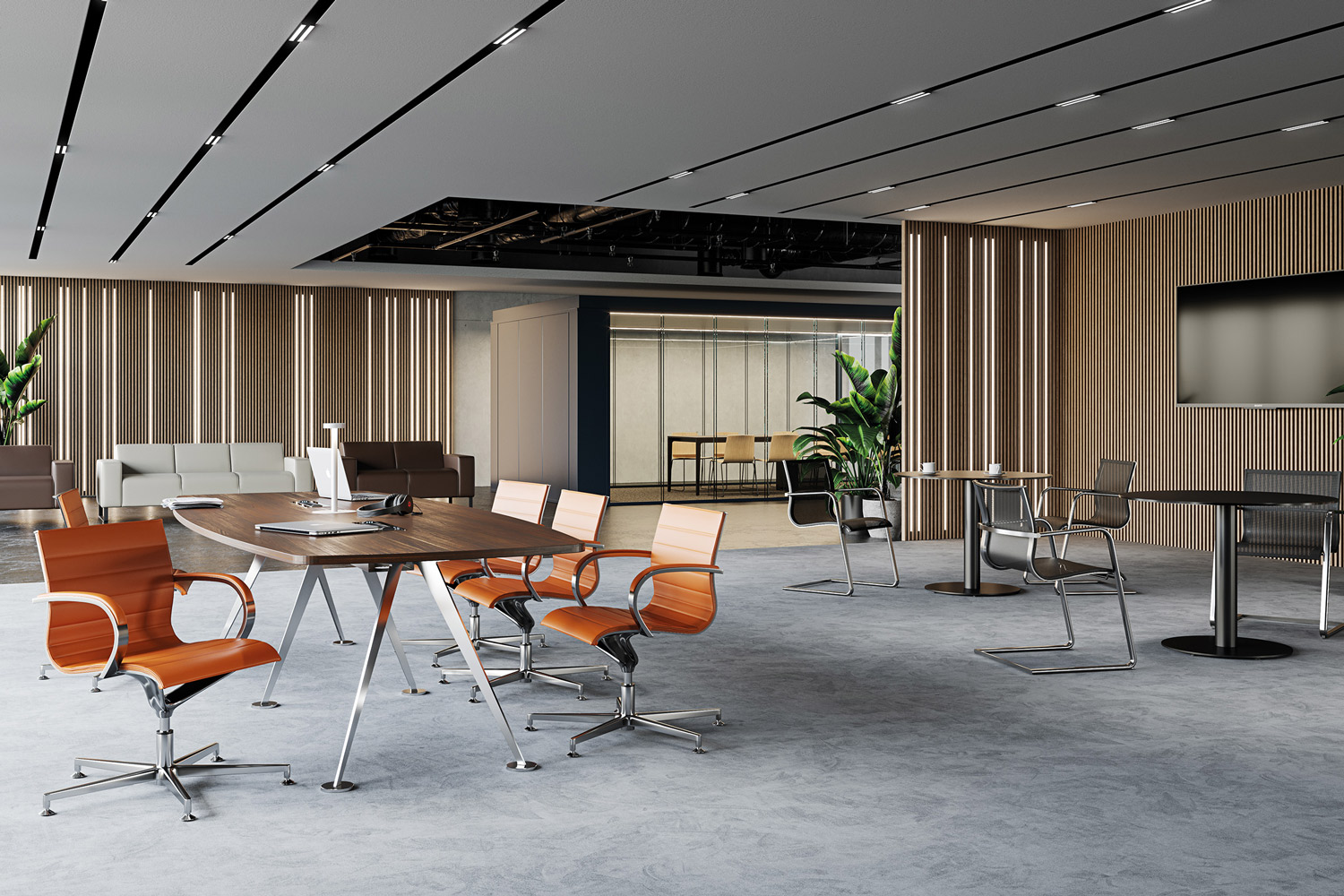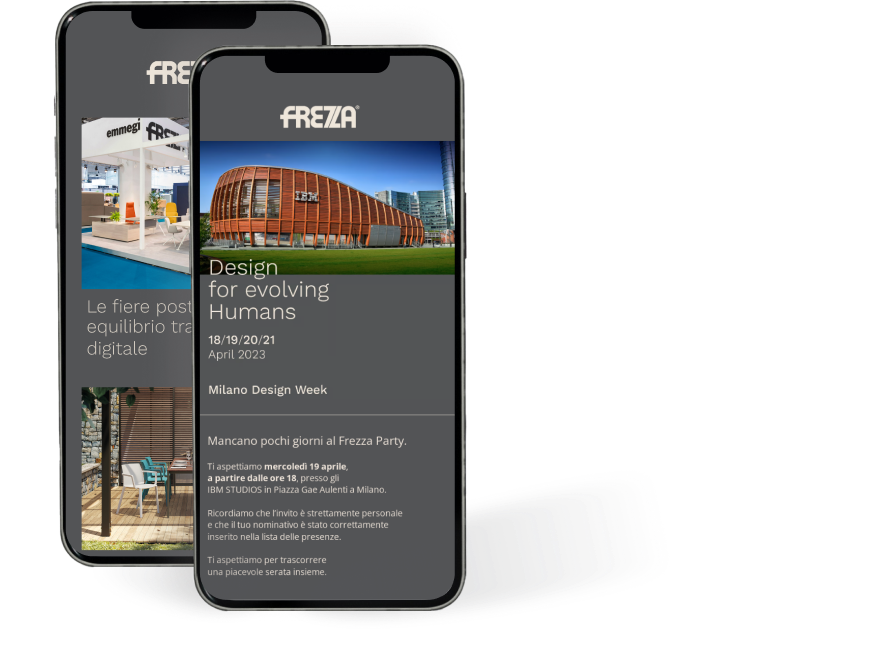2020 has left a very strong mark on the business world, revealing opportunities that many companies never considered before. First and foremost, the chance to work remotely.
Will we all become virtual workers? The answer is no, because the office environment is clearly too important.
However, work standards will change, and this will lead to the idea of a workplace with different connotations, which will be more or less evident depending on the market requirements.
In this context there is an increasing interest in a Hybrid Workplace: what does this mean?
Working in presence, remotely or both?
It’s difficult to say with certainty whether remote workers are more or less productive than their on-site counterparts, even with statistical data to hand. Surveys conducted around the world, especially in the 2020s, have made it clear that evaluation can depend on the business field, but also on the interviewee. Many managers reported a drop in their employee’s performance, while workers claimed to have been more productive at home. Who was right?
There were those who worked more than they should have, those who divided their time between family and work, and those who took the opportunity to ‘relax’ during office hours. Some of them are now fighting for the ‘right to disconnect’ and some instead call for the implementation of remote control systems.
Distance from the physical office cannot be standardised in terms of performance, but must be related to multiple objective and subjective factors. The forward-looking managerial approach is to give back to workers some control over their day and to improve their well-being in order to’receive’ greater productivity in return.
The Hybrid Workplace.
A Hybrid Workplace adapts to the needs of each company. It’s characterised by a small team in the office and the majority of the team gravitating around the company’s physical location. Everyone has to respect some basic rules such as alternating weekly or midweek presence.
From the traditional 9-to-5 to the new 3-2-2 formula
According to Ashley Whillans, a professor at Harvard University, more and more companies in 2021 will adopt the 3-2-2 formula: 3 days in the office, 2 days in remote working and 2 days off.
As well as reducing the density of workers in the office (in line with anti-Covid regulations), this solution avoids the problems often encountered when the workforce is hybrid.
What does this mean? According to several studies, outlined for example in this Harvard Business Review article, when people are clearly divided between ‘office’ and ‘remote working’, power related imbalances tend to arise within the team. Those who work exclusively from home risk being given less consideration for promotions or important decisions.
This stems from a lower visibility in the eyes of the manager and from the difficulty to interact with colleagues,which results in lower participation in the corporate culture.
The Hybrid Workplace aims to overcome this problem by giving all employees equal time in the office and in remote locations: the calendar is changed periodically, promoting the creation of new and heterogeneous groups.
Employees will benefit from a better work-life balance, and companies will save on facility and space management related costs, as well as being able to contact professionals who are geographically distant from the company’s headquarters.
How can the office be adapted to the hybrid workplace?
First and foremost, by changing the space vision and by thinking in terms of a ‘transitional office’ and ‘central hub’ in which technology plays a major role (see our Future in a nutshell article here).
Through a smarter use of technology it’s possible to redesign the worker’s relationships and experiences, transitioning from a remote work to a connected work.
Space design must be functional, in terms of connectivity, and at the same time it must also be inspirational: it’s in the office, where people collaborate and actively participate, that the spark of innovation is born.
The office is no longer just a coherent structure made up of open spaces, assigned desks and meeting rooms. The choice of furniture now aims to make workstations flexible and diversified in order to facilitate meetings between workers.
So yes to colour, sophisticated design and comfortable home inspired products, where people can relax, meet and work individually.
But above all, yes to work environments where people are at the centre of attention and where design is based on the needs of each individual.

